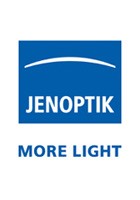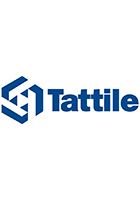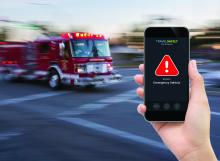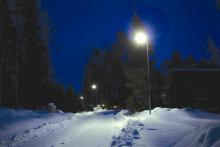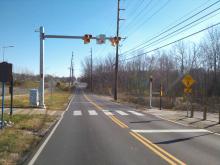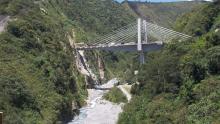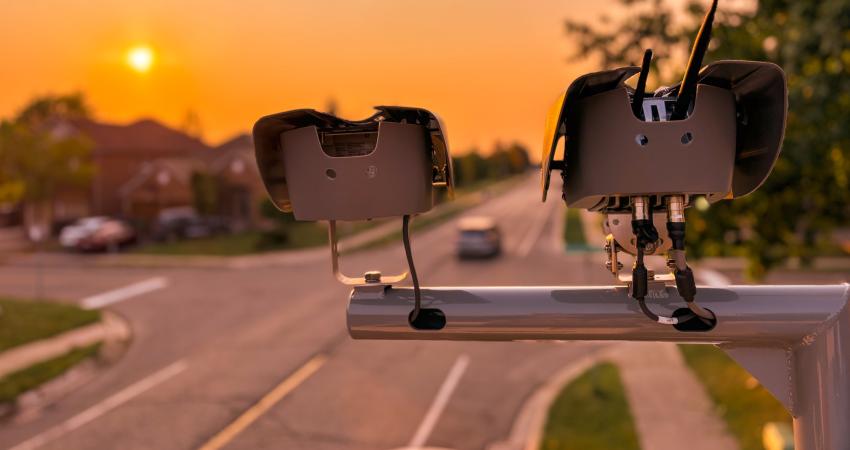
Each smart detector beacon has two powerful LED lights that can show amber and red, with brightness control, for guidance. There is also a set of a dedicated radar sensors, and local processing units. Vehicles are detected in real time so drivers can be warned of traffic in front of them, even with limited visibility conditions. All units are connected in a network by RS485 communication protocol, where it is possible to communicate individually with each set of the smart detector beacons to monitor and control several internal parameters.
Smart detector beacons are installed on a post about every 50 metres, on each side of the road, and the system works in four modes. Under normal conditions, all lighting devices remain off.
In guidance mode, when there is low-level fog, the lower amber beacon will light up to mark the road delineation section, indicating to the driver the route of the motorway in safe conditions.
Detection mode is activated in critical fog. The lower amber beacon lights to provide guidance but when a vehicle passes through a section, the red section of lighting is activated until it passes through the zone. A vehicle travels on the road, two sections – about 100 metres – of beacons behind will be lit in red, to warn other drivers of its proximity.
In incident detection mode, the lower amber beacons flash until the incident is cleared.
Stand 1.207








